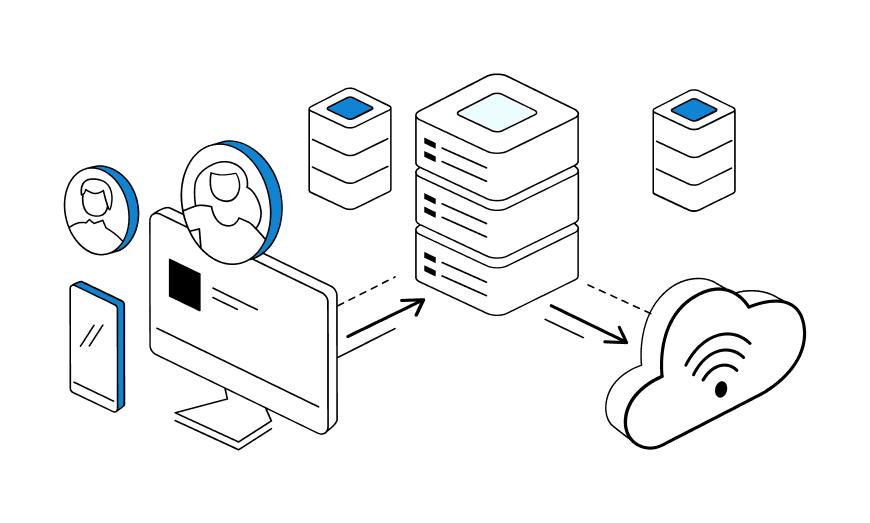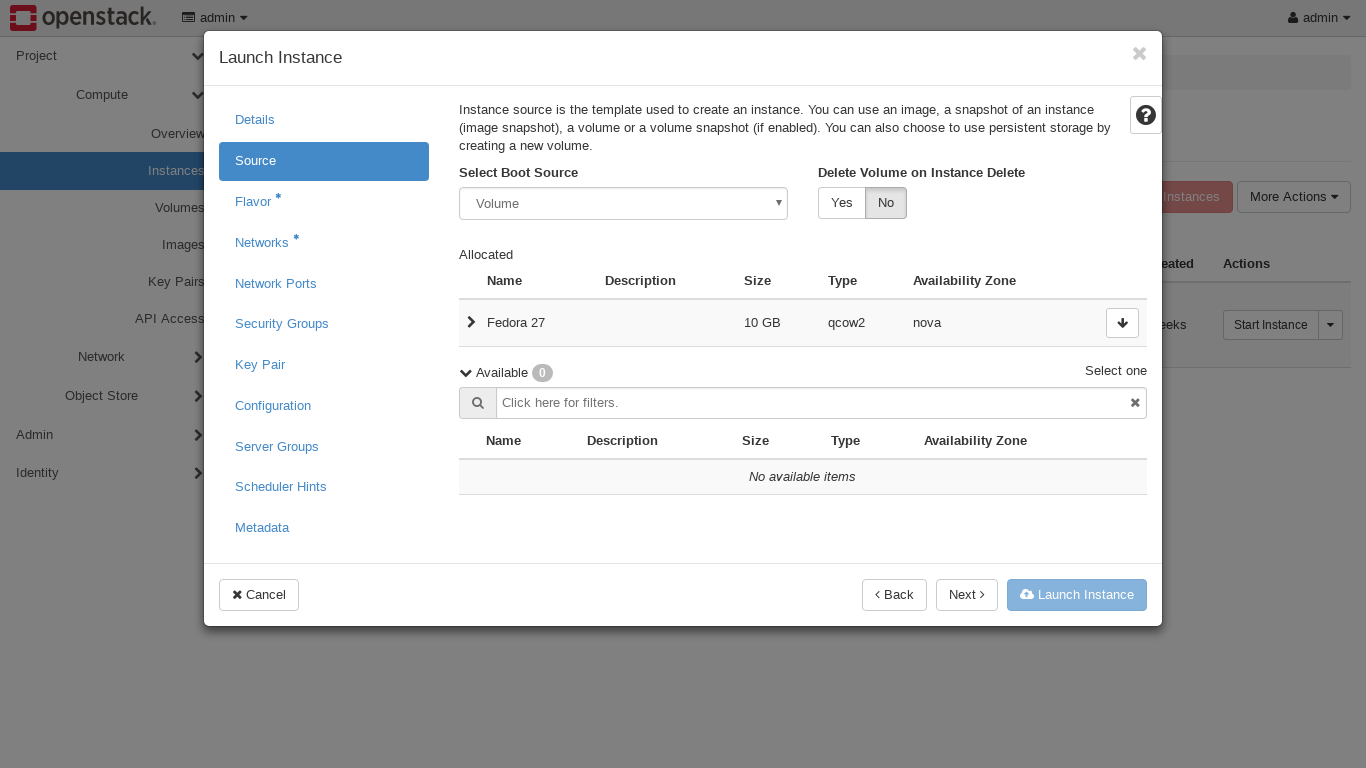
This article will provide a detailed look at the Transmission Control Protocol and Internet Protocol technologies. We'll also cover the Application layer protocol and the Stateless Protocol. This information will assist you in understanding how to use and implement network protocol. You'll also learn about the history of each protocol and their functions.
Transmission Control Protocol
TCP/IP is a combination between the Internet Protocol (IP), and Transmission Control Protocol. The IP is the layer which determines how packets travel through a network. TCP is the layer which ensures reliable transmission of data over Internet-connected networking networks. TCP checks packets for errors, and requests retransmission if needed. This allows computers to communicate with one another.
TCP protocol is a way to reduce latency. A delay in acknowledgment from a receiving device can lead to loss of data. TCP organizes data packets into segments, or components. TCP protocol requires that every segment has a checksum field in order to make sure that no two packets have the exact same content. If the checksum field gets corrupted, the destination won't send an ACK.

Internet Protocol
Transmission Control Protocol is one of many protocols that make up the Internet protocol suite. It was originally designed to be used in network deployment and it was later extended to include Internet Protocol (IP). The entire suite of protocols is commonly known as TCP/IP. TCP is a data protocol that allows for long-distance communication.
TCP and IP are different in the way they operate. While IP is connectionless and acts as a datagram service, TCP is more reliable, establishing a consistent and reliable communication session. IPv4 is the most widely used version of the Internet Protocol, but IPv6 is becoming more popular for public and private networks, bringing new features and challenges for administrators.
Application layer protocols
TCP/IP Protocol stack has many layers. Each layer is responsible for its own rules and responsibilities. Each layer communicates data by agreeing on how it should pass information from one to the next. Because each layer is composed of several components, the protocols it uses to communicate data are very similar to stacking blocks. The protocols are often called stacks. This is why they are placed in layers that relate to each other.
The top layer of TCP/IP is called the application layer. It specifies protocols used in application processes. This layer facilitates communication between applications and networks by providing access to global information. It also helps with communication synchronization and resource availability. An example of this is the application layer, which allows users to access the World Wide Web via remote servers and to receive messages.

Protocol of statelessness
A stateful protocol means that a server needs to have some information before it can send data. This is essential for computer applications. For example, a phone cannot browse the internet without a server. The server then processes the client's request. Different protocols have different levels of dependency between the client and server. Stateless protocols don't have this dependency so the load on the server is lower.
Stateless protocols can be more resource efficient than stateful ones, as they require less information to help them orient. However, stateless protocols come with some limitations. A stateless protocol may not be suitable in all cases. It may not be capable of identifying the source of spam messages, for example.
FAQ
Do I hire a web design firm or do it myself.
Don't pay for web design services if you want to save money. Hiring someone else to make your website is a good option if you're looking for quality results.
You don't need to hire expensive web designers to create websites.
You can make a beautiful website if you are willing to work hard and put in the effort.
You might also consider outsourcing your project to an experienced freelance web developer who charges by the hour instead of per-project.
Can I make my website using HTML and CSS?
Yes, you can! It's possible! You need to have basic knowledge in web design and programming languages, such as HTML (Hyper Text Markup Language), CSS and Cascading Style sheets (Cascading CSS Sheets). These two languages allow you to create websites that can then be viewed by anyone who has access to your internet connection.
How to design a site?
First, you need to know what your customers want from your site. What are your customers looking for?
What problems might they have if they don't find what they're looking for on your site?
After you have this information, you need to find out how to solve the problem. It is also important to ensure your site looks great. It should be easy to navigate.
Your site should be very well-designed. It should not take too much time to load. If it takes too much time, people will not stay as long as they want. They will go elsewhere.
It is essential to determine where all your products reside before you start building an eCommerce website. Do they all reside in one spot? Are they in one location?
You need to decide whether you want to sell one product at once or many different types of products. Do you prefer to sell one type of product, or several types?
After you've answered these questions, it is possible to start building your website.
Now it is time for you to concentrate on the technical aspect of things. How will your site work? Is it fast enough? Can people get to it quickly from their computers?
Will it be possible to buy something online without paying any extra? Will they have to register with your company before they can buy something?
These are essential questions that you need to ask yourself. These are the questions that you need to answer in order to be able move forward.
Statistics
- Is your web design optimized for mobile? Over 50% of internet users browse websites using a mobile device. (wix.com)
- In fact, according to Color Matters, a signature color can boost brand recognition by 80%. There's a lot of psychology behind people's perception of color, so it's important to understand how it's used with your industry. (websitebuilderexpert.com)
- It's estimated that chatbots could reduce this by 30%. Gone are the days when chatbots were mere gimmicks – now, they're becoming ever more essential to customer-facing services. (websitebuilderexpert.com)
- It's estimated that in 2022, over 2.14 billion people will purchase goods and services online. (wix.com)
- At this point, it's important to note that just because a web trend is current, it doesn't mean it's necessarily right for you.48% of people cite design as the most important factor of a website, (websitebuilderexpert.com)
External Links
How To
Drupal 7 Web Design: How to use it
Drupal is today's most popular Content Management System (CMS). It was developed in 2003 by Dries buytaert of Belgium. The name of the site is derived by Dirk Buijtewaard's surname and Pierre d'Herbemont's surname. Drupal was open-sourced in 2005. Many versions of the CMS have been developed since then. Today, Drupal is used by many websites and companies around the world.
Drupal is very popular with website owners for several reasons. Drupal is free to download, and easy to install. It's easy to customize and extend. It is well-documented. It also provides excellent support via forums and IRC channels. Fifth, it is extensible via modules. Sixth, it supports multiple language versions. It is easy to customize. Eighth, it can be scaled. Ninth, it's secure. Tenth, its reliability is assured. Finally, the community supports it. All these factors make Drupal a perfect choice for your next project.
You may wonder what Drupal is different from other CMS systems. The answer is simple. Drupal is an open-source content administration system. Drupal is completely open-source and freely available for download. With Drupal, you have complete control over your website. You can add pages and remove them.
If you want to create a website but lack technical skills, then you can choose Drupal. You don't have to be a programmer to build your website, unlike other CMS. You only need to know how Drupal works. After that, you'll be able customize your website according to what you need.
Drupal has many themes and plugins that are already pre-built. These plugins can be used to improve your site's functionality. You can use the Contact Form module, for example, to collect visitor contact information. Google Maps is another option to show maps on your website. Drupal includes thousands of premade templates. These templates give your website a professionally designed look.
Drupal's flexibility is another advantage. Drupal allows you to add modules or replace existing ones, without worrying about compatibility issues. If you're looking to integrate social networking into your site, you can do this quickly. You can also set-up RSS feeds, email subscriptions, etc.
Drupal can also be customized. Drupal allows you to add custom fields and forms, manage your users, and many other features. Drupal also allows for complex layouts.
Drupal is stable and reliable. It is stable and can scale. It offers outstanding security features. Drupal is well worth looking into if you are looking for a web development platform that works.